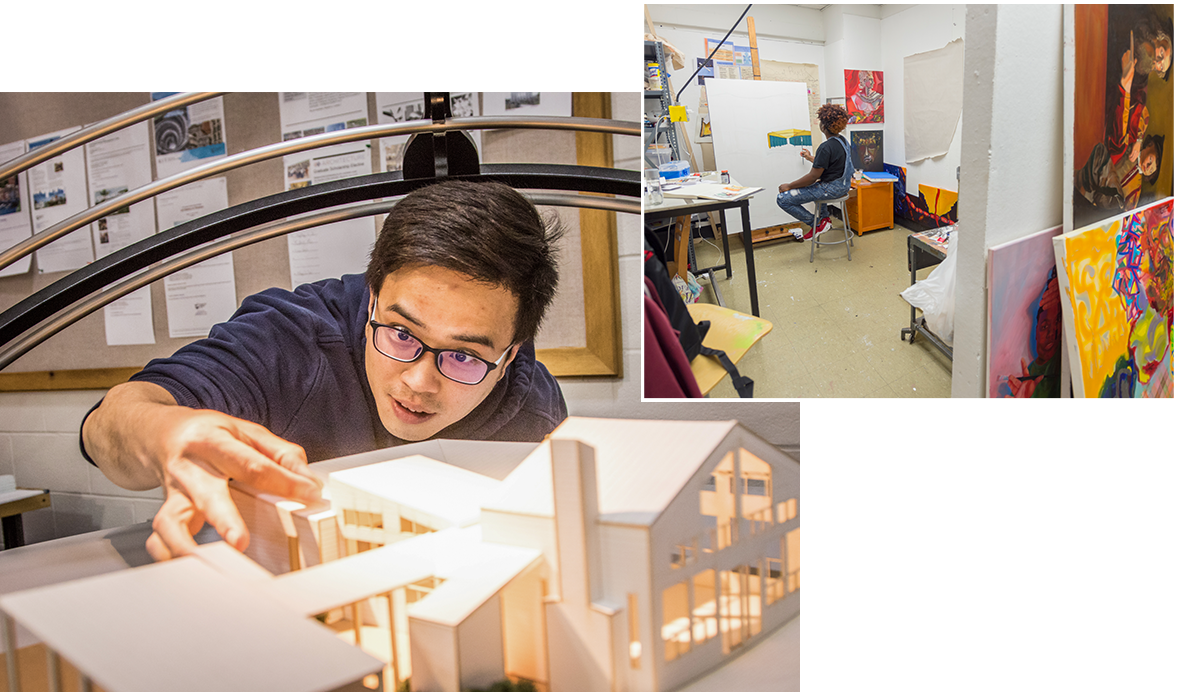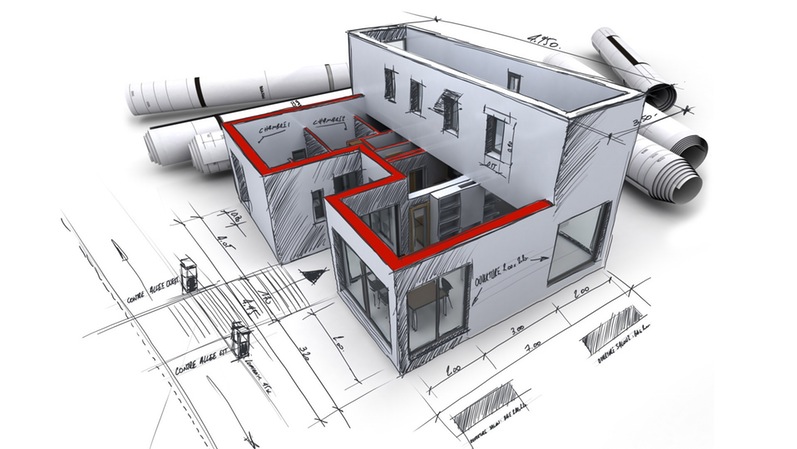Top Reasons to Choose CDA Architects for Your Residential or Commercial Designs
Top Reasons to Choose CDA Architects for Your Residential or Commercial Designs
Blog Article
The Effect of Technological Developments on the Style Practices of Contemporary Architects
The fast advancement of technological devices has actually significantly reshaped the design landscape for modern architects, fostering extraordinary levels of innovation and sustainability. Discovering these dynamics exposes a nuanced interplay between technology and standard style approaches, motivating a more detailed assessment of what the future holds for architectural practices.
Evolution of Architectural Devices
Exactly how have building tools transformed the design and building procedures over the centuries? The evolution of architectural devices has significantly impacted the performance, precision, and creative thinking of layout and building. In old times, architects count on basic tools such as plumb bobs, measuring rods, and fundamental geometry to create frameworks. These devices laid the foundation for very early architectural technique, allowing for the building and construction of legendary structures, albeit with limitations in precision and complexity.
With the introduction of the Renaissance, the intro of the compass and the protractor noted a pivotal change. These devices allowed designers to accomplish better accuracy in their styles, promoting the appearance of more complex and in proportion structures. The Industrial Change better revolutionized building exercise with the intro of mechanical tools and materials, permitting for larger and more enthusiastic jobs.
In the 20th century, the development of computer-aided layout (CAD) software program changed the landscape once more, offering architects with extraordinary abilities in modeling and visualization. Today, advanced devices such as Building Info Modeling (BIM) and parametric design software program remain to push the boundaries of architectural technology, enabling a more incorporated approach to style and building processes.
Improved Collaboration in Design
As modern technology continues to develop, enhanced partnership in style has actually come to be a foundation of modern-day building technique. The integration of digital tools such as Structure Information Modeling (BIM), cloud-based platforms, and progressed visualization software has actually changed the way engineers, designers, and stakeholders connect throughout the layout process. These devices promote real-time communication, allowing teams to share concepts, alterations, and feedback instantaneously, no matter geographical area.

Furthermore, interdisciplinary collaboration has been streamlined via these technological innovations, making it possible for designers to function more closely with other specialists, such as urban organizers and ecological specialists. The outcome is a more cohesive technique to design that considers different perspectives and proficiency. Inevitably, boosted partnership in style is not just a pattern; it is essential for creating cutting-edge, functional, and cosmetically pleasing design in a significantly complex globe.

Sustainability Through Technology
Sustainability in style has actually progressively ended up being linked with technical technology, driving the sector towards eco liable practices. Contemporary a fantastic read designers are leveraging advanced modern technologies to reduce ecological effect while boosting the performance of structures. cda architects. One noticeable instance is making use of Building Info Modeling (BIM), which permits exact planning and source appropriation, lowering waste throughout building and promoting power effectiveness throughout a structure's lifecycle
Additionally, smart products and energy-efficient systems are being incorporated right into styles to maximize source use. Technologies such as photovoltaic or pv cells and environment-friendly roof covering systems harness renewable power resources, adding to reduced carbon impacts. Additionally, the application of expert system in style procedures makes it possible for architects to simulate and assess power consumption, leading choices towards even more lasting end results.
The integration of lasting technologies not only lines up with international ecological goals yet likewise satisfies a raising demand from customers for eco-friendly services. As designers embrace these advancements, the emphasis moves towards producing rooms that are not only aesthetically pleasing but also functionally lasting, thus redefining the criteria of modern-day design. This way, innovation offers as a driver for sustainability, making it possible for architects to develop buildings that regard and improve the natural atmosphere.
Difficulties in Execution
While technological improvements in architecture hold wonderful promise for boosting sustainability, their application commonly runs into considerable obstacles. One primary obstacle is the steep discovering curve linked with new innovations. Engineers and building experts may need my link comprehensive training to effectively use innovative software and devices, which can delay job timelines and raise expenses.
Additionally, the assimilation of arising modern technologies, such as Structure Info Modeling (BIM) and sustainable materials, typically requires cooperation throughout multidisciplinary teams. This cooperation can be impeded by distinctions in knowledge, workflows, and communication designs, resulting in potential conflicts and ineffectiveness.

Additionally, governing structures and building regulations might not maintain rate with technical improvements, developing obscurity and prospective compliance problems. This challenge can dissuade engineers from fully accepting new modern technologies, as the his explanation risk of non-compliance might surpass the benefits. Attending to these implementation difficulties is critical for the effective assimilation of technological advancements in modern building techniques.
Future Trends in Style
The obstacles related to the execution of new modern technologies in architecture have actually motivated a reevaluation of future trends within the sector - cda architects. As architects browse problems such as sustainability, urbanization, and social equity, they are progressively adopting cutting-edge technologies to improve layout efficiency and ecological performance
One popular fad is the combination of expert system (AI) in the layout process. AI tools can analyze large datasets to notify layout decisions, enhancing both creative thinking and performance. Building Information Modeling (BIM) proceeds to develop, enabling real-time collaboration amongst stakeholders and promoting structured project management.
Lasting style techniques are additionally acquiring energy, with designers concentrating on adaptive reuse and regenerative style principles that minimize resource usage and waste. The consolidation of wise materials and renewable resource sources will certainly additionally enhance the resilience of structures in the face of climate change.
Furthermore, the rise of parametric design enables more tailored and context-sensitive architectural remedies (cda architects). By utilizing these innovations, architects are poised to produce developed settings that not just resolve the prompt needs of society but likewise expect future obstacles, therefore redefining the function of style in an ever-changing globe
Final Thought
Technical innovations have actually dramatically improved architectural layout practices, helping with enhanced precision, collaboration, and sustainability. The assimilation of devices such as Structure Info Modeling and parametric design software, alongside expert system and smart products, encourages designers to deal with intricate obstacles a lot more properly. While application may offer particular challenges, the ongoing advancement of these technologies promises to drive technology in design. Future fads will likely additionally highlight sustainability and efficiency, inevitably redefining the built environment.
Report this page